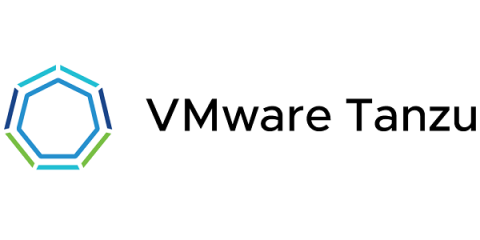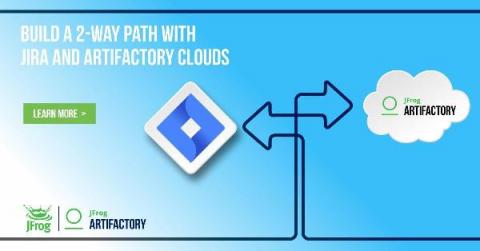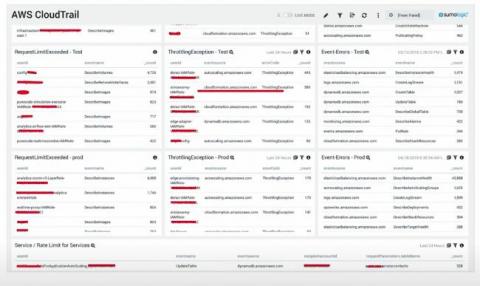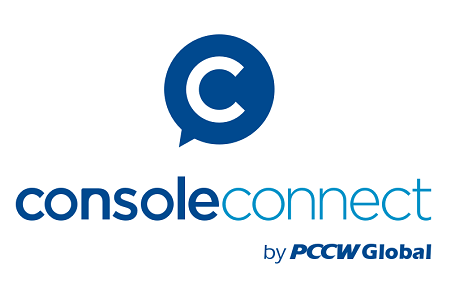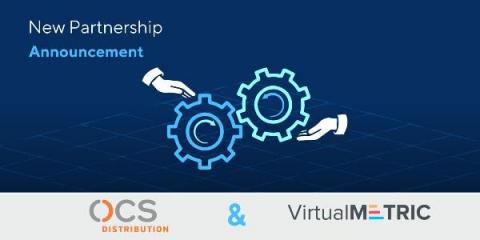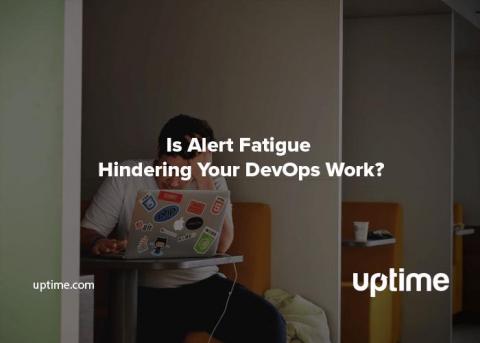Refactor or lift-and-shift: How to prioritize modernization efforts
The hard part about application modernization isn’t determining whether or not it’s a good idea. It almost certainly is. Rather, the hard part is figuring out how to get started: Which applications you should focus on first, and what’s the best approach to modernizing them. Fully refactoring 1,000 applications from monolith into microservices, for example, might seem like the right goal, but it might also take the rest of this century.



